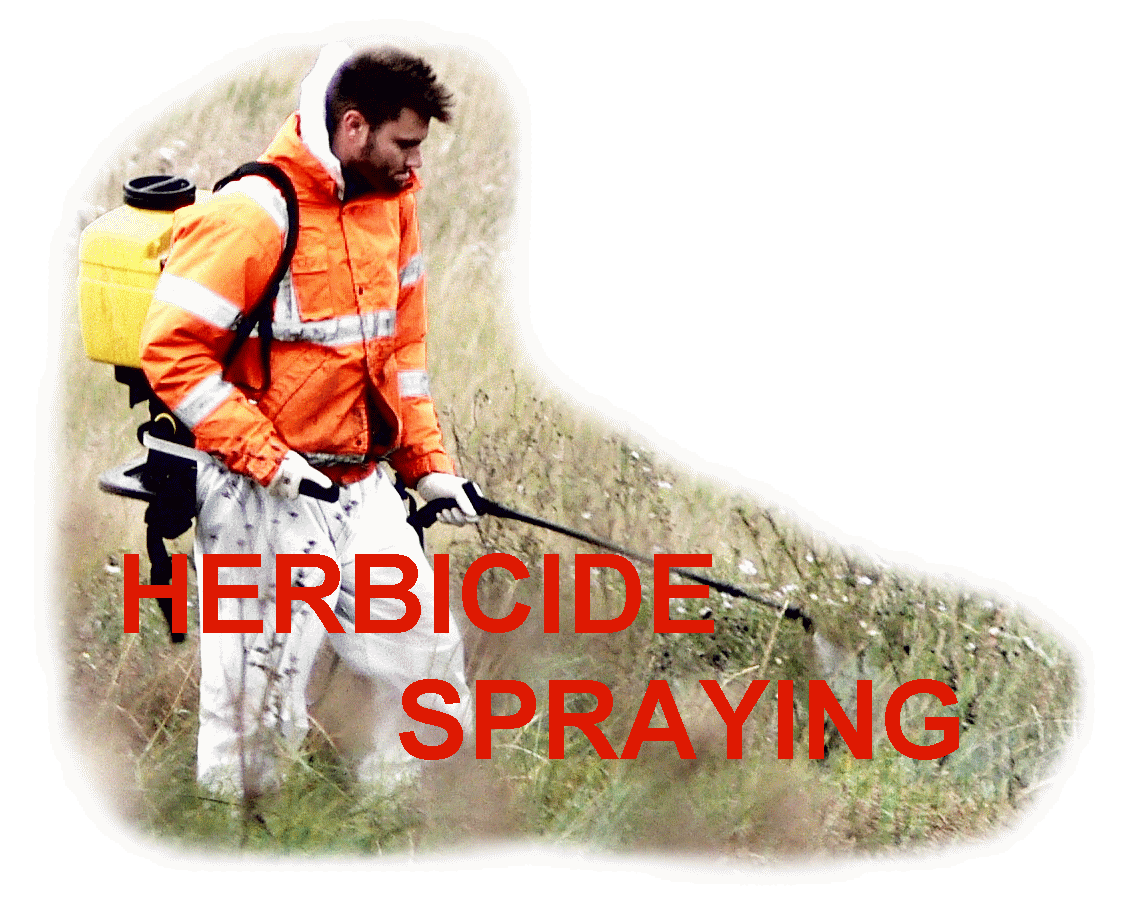East Lindsey District Council, with their close partners Lincolnshire Wildlife Trust have
destroyed most of the wildlife habitats on this valued site by unnecessarily removing
too much Sea Buckthorn.
What a sad day it is when Councillor Steve O’Dare, who we might have hoped as Environmental Portfolio holder, would be protecting our natural assets seems hell-bent on destroying wildlife. I am sure that the vast majority of Skegness residents will find it difficult to accept that dunes covered in grass with a few plants is considered preferable to a vibrant site teaming with mammals, birds and invertebrates. From the Spring of 2015 there will be no birds hopping and singing in the Buckthorn, there will be no Muntjac or badgers foraging amongst it – there will just be the sound of wind blowing through the grasses and little or nothing to be seen.
To find out more about Councillor O'Dare's involvement >>>>>
To find out what ELDC Chief Executive has said >>>>>>>>>>
Lincolnshire Wildlife Trust are close partners
find out what they haven't done! >>>>>>>>>>>>>>>>>>> >>>
Sadly Council contractors began
the destruction of this much loved
Nature Reserve on 14 January 2015
When the dunes eventually stabilise
the area will be devoid of all the
mammals, feeding and breeding birds
that we have enjoyed so much.



 ELDC Environmental Officer
ELDC Environmental Officer



 David.Pocklington@e-lindsey.gov.uk
David.Pocklington@e-lindsey.gov.uk
SUMMARY
At a time of continuing austerity, when it has been difficult for the Environment Agency to find funds to repair “hold the line” sea defences at the southern end of Skegness, East Lindsey District Council adopted a plan proposed by Natural England to squander over £40,000 of public funds on unnecessarily removing 20 acres of Sea Buckthorn from Seacroft SSSI.
Natural England had threatened the District Council with legal action unless they returned the site to a hypothetical state that briefly existed some 40 years ago, devoid of most of the wildlife that had subsequently occupied it. There is no scientific justification for this mass removal of Sea Buckthorn from one site and the continuing control by the use of chemical spraying will not be accepted by the general public and particularly dog owners, on such a widely used site.
There are of course many management issues for the site which could be addressed at considerably less cost which would lead to improvements for wildlife and the public rather than this wanton destruction and the permanent loss of habitat for many birds, mammals and insects.
To quote from the JAC CAZLAC report 2011/2012 “this area is a fabulous spot for nature and should be respected as such”
SEACROFT SSSI – REMOVAL OF SEA BUCKTHORN
In 2004 the District Council resolved to designate Seacroft SSSI as a
Local Nature Reserve but formal designation was never made and over
the subsequent decade little action was taken to fulfil statutory obligations.
(note 1)
It came to light in November 2014 that an action plan proposed by Natural
England, had been agreed by officers of the District Council without
consultation with local residents, Skegness Town Council or Lincolnshire
Wildlife Trust, which would have an adverse effect on the biodiversity and
wildlife habitats of this site. The view of Natural England is that this SSSI
should be returned to what they consider a favourable condition which
dictates the removal of all scrub from the central and outer dunes. This will
restore the site to a hypothetical point in time, perhaps some 40 years ago, that may only have existed for a brief number of years and the benefits of removing such vast quantities of Buckthorn are minimal compared to the overall loss of wildlife from this particular site.
In January 2015 Contractors began removing 20 acres of Sea Buckthorn, grubbing it out with a mechanical digger and over the following 10 years chemical spraying will take place to control any regrowth and unwanted plants such as Ragwort, Rosebay Willowherb and Creeping Thistle.
This plan must be judged in relation to the Seacroft site alone and not against adjacent habitats on the National Nature Reserve or other concentrations of Buckthorn along the coast. Natural England ecologists are looking at a huge stretch of coast, from Saltfleetby to the Wash and achieving a theoretical criteria, for the percentage of dune grassland along this coastal strip, should not have been at the expense of wildlife and amenity value of this locally important site. However the pure arrogance of these ecologists and their over zealous use of Statutory powers has prevailed.
The site is widely used by local residents and visitors, many of whom appreciated the wide range of birds and other wildlife that could be regularly seen throughout the year. Over the past decade a substantial amount of Sea Buckthorn had already been lost as the outer dunes had been eroded by the sea and what remained provided very important habitat and was essential to maintain the existing wide biodiversity.
There is no doubt that this action has completely changed the character of the whole site, apart from any remaining woodland on the mature west dunes fronted by a strip of Buckthorn, what remains is predominately saltmarsh and grass covered dunes with the outer frontage mobile dunes. Existing nest sites, roosting and feeding areas have been lost and Munjac deer and Badgers have lost their daytime refuge along with many other small creatures. What disappointing walks there will be without the many Reed Buntings hopping amongst the Buckthorn bushes and the birdsong from a multitude of other species. (note 2)
Future visitors to this site, the majority not wandering further than its boundaries, will find a much impoverished environment with little to observe. Many residents will know that the site is no more than some 60 years old and had developed fairly naturally over this period reaching the point where it had been a valued asset teaming with wildlife. To quote from the JAC CAZLAC report 2011/2012 “this area is a fabulous spot for nature and should be respected as such”
At a time of continuing austerity, spending in the region of £40,000 of public money to carry out these works cannot be justified. It is also extremely difficult to equate such unnecessary destruction with the District Council’s policy “to enhance wildlife and biodiversity through the protection of habitats”.
Your locally elected representatives, Councillors Steve O’Dare (Environmental Portfolio Holder), Dick Edginton and John Byford attended a site briefing on 20th October and without any consultation with the public, accepted the proposed plan on residents’ behalf. As we know this is not an isolated piece of land along the coast that is rarely visited, it was a much loved and appreciated environment. What has taken place on this local asset is not habitat restoration but habitat destruction on a massive scale.
A number of e-mails were exchanged with Councillor O'Dare and his last response was :-
“It is quite obvious that we are not going to reach any agreement on this issue. The required management works have been agreed with Natural England and, as you are I am sure fully aware, it is the legal responsibility of ELDC as the landowner to carry them out”.
“I fully understand your concerns and I would again suggest that you put those concerns to Natural England. I would be grateful if you could forward their response to me when you have one.”
As you can see he did claim to fully understand my concerns but left it to me to challenge Natural England.
I did consider approaching Natural England but from experience I am only too aware of their legal powers and the strength and reputation of their ecologists so I knew that they would not entertain an opinion from me. However I strongly believe in this particular instance they had got it entirely wrong and I continued to challenge the District Council because they are the landowners who had entered into a toxic contract that was not in the public interest.
In these circumstances I put the matter to our local MP Mark Simmonds in the hope that he could, at the last minute, stop this madness but to no avail.
Tom Savage Tel 01754 766389
Seacroft Resident
and formerly
Volunteer Shore Warden & Member of Management Team
Gibraltar Point National Nature Reserve - but resigned - CLICK to see more
Note 1
At an Executive Board Meeting of ELDC on 2nd March 2004 a resolution was passed to designate Seacroft SSSI as a Local Nature Reserve. Item238
Extracts:-
ii)  That officers be authorised to work with Skegness Town Council, local
That officers be authorised to work with Skegness Town Council, local
residents, Lincolnshire Wildlife Trust, to draft a management plan for the site;
(Reasons)
a.  fulfil the Council’s statutory obligations to produce a management plan for the
fulfil the Council’s statutory obligations to produce a management plan for the
SSSI land in their ownership.
b.  contribute to the District Council’s stated policy of designating Local Nature
contribute to the District Council’s stated policy of designating Local Nature
Reserves to enhance wildlife and biodiversity through the protection of Habitats.
Note 2
List of nesting birds associated with Buckthorn (in or as cover) on the middle and outer dunes , compiled by John Nicholson.
Cuckoo

 Red-Legged Partridge
Red-Legged Partridge
Reed Bunting
Many other species are drawn to the area during migration, where they find food and temporary sanctuary within the Buckthorn habitat. A pair of Dartford Warblers overwintered there 2009/10 and several other rare species have been observed on the Buckthorn.
A pair of Dartford Warblers overwintered there 2009/10 and several other rare species have been observed on the Buckthorn.
Contacts to express your views
Mark Simmonds – MP for Boston & Skegness - mark.simmonds.mp@parliament.uk
Stuart Davy - Chief Executive ELDC - Stuart.davy@e-lindsey.gov.uk
Steve O’Dare – ELDC Councillor – steve.odare@e-lindsey.gov.uk * see below
& Environmental Portfolio Holder
Dick Edginton – ELDC Councillor – david.edginton@e-lindsey.gov.uk

 Seacroft
Seacroft
John Byford – ELDC Councillor - john.byford@e-lindsey.gov.uk

 Seacroft
Seacroft
David Pocklington – Environmental Officer ELDC - David.Pocklington@e-lindsey.gov.uk
Paul Learoyd - Chief Executive - Lincolnshire Wildlife Trust - plearoyd@lincstrust.co.uk






 ELDC Environmental Officer
ELDC Environmental Officer






 David.Pocklington@e-lindsey.gov.uk
David.Pocklington@e-lindsey.gov.uk
If you think that Seacroft Marsh Nature Reserve has been totally spoilt
and that most of the wildlife has been driven off please let me know.
At East Lindsey District Council we appreciate feedback and like to know
that our plans for Skegness residents have been successful.












